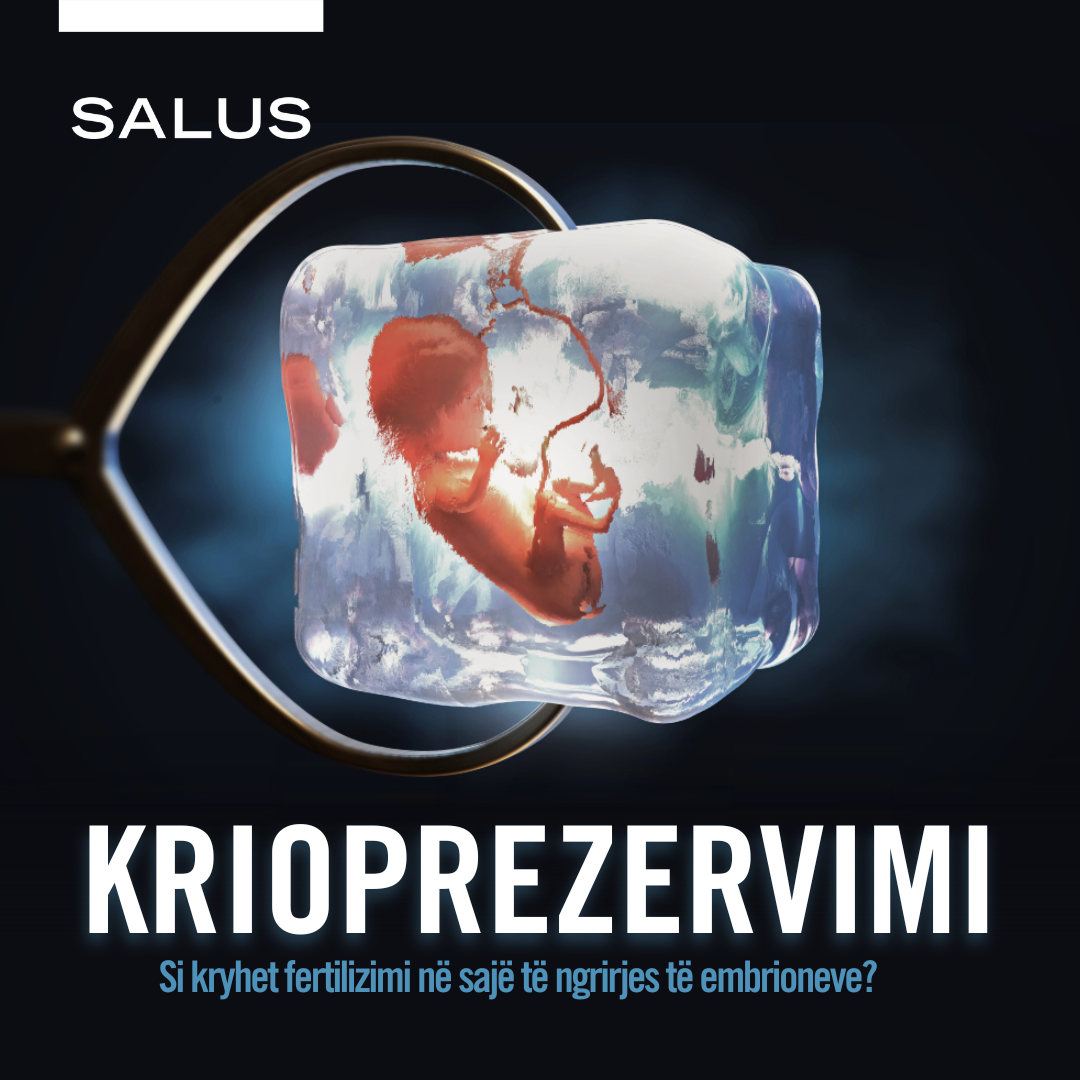
Embryo freezing is done in those couples who have a high number of fertilized embryos in an in vitro fertilization cycle. Embryos can be frozen on the third day after egg retrieval or on the fifth day at the blastocyst stage. Freezing is done using a special ground and storing it at -196°C in liquid nitrogen. These embryos can be thawed and later transferred to the patient in a "thawed" embryo transfer cycle.
• The first phase involves the stimulation of the ovaries to have as many follicles as possible and to receive as many eggs as possible. During the stimulation phase, follicular growth is carefully monitored by means of transvaginal ultrasound and simultaneously the level of estradiol and luteinizing hormone is tested in blood. These are hormones that are formed by the follicle during growth and enable determining the optimal time for egg retrieval.
When a sufficient number of follicles have reached satisfactory levels of growth, the final stage of maturation is induced with a dose of the hormone hCG.
• The next stage is the retrieval of the eggs from the follicles. This is done by means of an aspiration needle through the vaginal wall following the procedure by means of ultrasound. The procedure is performed under deep intravenous anesthesia. Usually the patient can leave about 50 minutes after the procedure.
• A few hours after the procedure, the oocytes, which are in the right stage of maturity, Metaphase II, join the sperms through ICSI to form the embryos after 18-24 hours. On the third or fifth day of embryonic development, the best quality embryos are frozen.
• When the patient is ready to transfer these frozen embryos, the laboratory process for returning them to their original state is simple. . The thawing procedure takes only 10 minutes, and then the embryos are placed back in the incubator at a temperature of 37 ° C. After a few hours, the embryos are ready to be transferred to the patient's uterus.